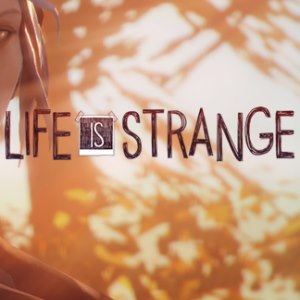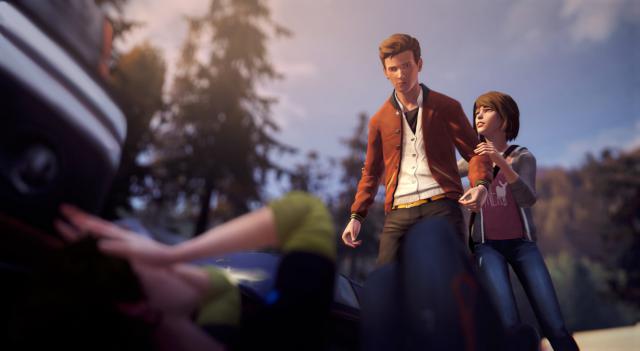
Thanks to the folks at Telltale, console based pointy-clicky style games have made quite a strong comeback. By taking on some of the biggest titles in film, TV and gaming they’ve come up with some truly memorable gaming adventures, but have always had a basis of previously successful subjects to draw in fans from various other media. Life is Strange takes a slightly more bold step, bringing in an entirely new story without any prior character exposure or storyline buildup, and while your choices can have serious knock-on effects as per the Telltale games, Life is Strange does something we haven’t had chance to do before: change our minds when we decide the immediate outcome wasn’t what we’d hoped for.
Many of you will have experienced the horror of picking a conversation choice in something like The Walking Dead, or even Mass Effect, and realising moments later you’ve just completely changed the way your character is perceived, or you’ve just pissed off your most valuable friend to the point where they’ll never trust you again. On many occasions I’ve wished I could change the choice I’d made, roll back time and pick a different option, alter my argument based on the information I found out by making the wrong choice. Well, Life is Strange lets you. Want to be horrible to someone but worried about whether it’ll make them respect you or hate you even more? Well just be horrible – if it doesn’t work out you can go back in time and try another option, or use new knowledge to select an entirely new conversational option. There’s obvious limits to how much you can do (moving to other areas resets the ability to prevent you from totally rewriting the story) but it opens up whole new ways to play, solve problems, and generally shape your outcomes slightly more in your own direction, although as with most opening episodes it’s hard to know just how much these choices will pan out in the long run.

In terms of the story, this ability manifests itself when the main character, high school student Max Caulfield, finds out she can rewind time, initially doing so to prevent a girl getting killed in the school toilets. As she learns how to use this new found ability, a series of conversations and challenges offer opportunities for her to try out various different routes through the same conversations. It soon becomes apparent that it’s a tool which can be used to either help or punish others, and deciding who to make friends and enemies out of is something which is bound to come back to haunt Max later down the line. You can’t affect everything in the game with rewinding, and many conversational options will just be two ways to be bitchy to someone, or two ways to offer support which have identical outcomes, but for those huge decisions it’s a tool which is both useful, but also somehow makes your eventual decisions even more nail-biting and regretful when they go wrong.
As someone who works with teenagers, I recognised a lot of the emotion behind what Max goes through in the game. The desire to fit in despite having little common ground with others, the lack of confidence that comes from more confident girls teasing her, the idea of having one good friend from years ago who you grew apart from, then came together again while finding that things aren’t quite the same. It’s not real-life being played out, but some of the general aspects of Max’s current life are very reminiscent of the things that many quiet teenage girls also find during the later stages of high school, and that in itself gives the story an interesting edge to it.

There are some cheesy stereotypes through the game’s characters though, whether it’s the rich kid who thinks he can do whatever he wants because of his parents’ influence, or the tough-guy security guard on campus who enjoys throwing his weight around. They’re ideas used before in films and TV shows, but while they remove some of the reality from the game, it’s not enough to break anything. The ability to take photos around the place is a nice touch too, but with Max being a photography nut it would’ve been nice to have the chance to get the camera out whenever you like, especially as some of the visuals are very nice looking, especially when Max has visions about an upcoming storm set to rip through the town.
So while the rewind feature is likely to get talked about quite a lot, it’s the storyline and the emotion that stuck with me in episode 1. The story hasn’t really kicked off yet – that much is clear – but it’s there to be ramped up over the next few episodes and the characters are all in place to make me heavily regret sticking with those choices that I made.
It’s so far, so good with Life is Strange. Roll on Episode 2, I’ve got a town to save. I think.
Reviewed on PS4


Leave a Reply